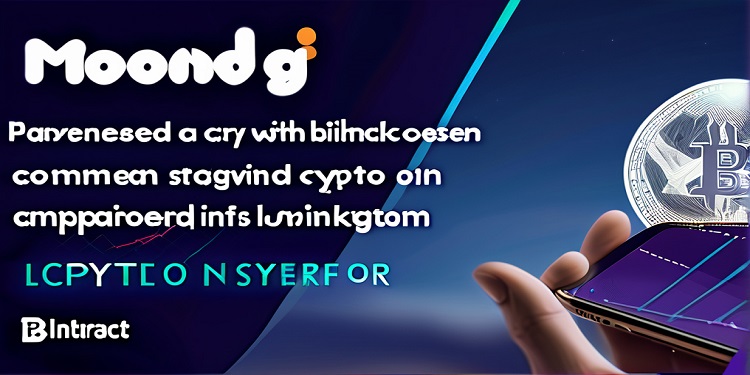 Comcast’s advertising division revealed that it is partnering with Spectrum Reach and Viacom on a blockchain-based product that will enable it to serve advertisers in a better way through refined audience data, while remaining privacy compliant.
Comcast’s advertising division revealed that it is partnering with Spectrum Reach and Viacom on a blockchain-based product that will enable it to serve advertisers in a better way through refined audience data, while remaining privacy compliant.
The new initiative, Dubbed Blockgraph, includes an “identity layer” where media owners can offer advertisers a target audience on a scale that better ensures the privacy of their viewers and also protects them from data leakage.
This is possible because the data of each participant in the Blockgraph stays on their own systems with an identity layer that acts effectively as a firewall, allowing advertisers to verify the audiences they are looking for in a way that means that media owners do not have to expose sensitive audience data.
Planning for the initiative began in 2017 before launching a beta program earlier this year, incubated within the FreeWheel specialist programming unit, with partners including Charter Communication’s Spectrum Reach, Viacom and a host of MVPD players to be named publicly at a later date.
Jason Manningham, general manager of Blockgraph, said the scheme was designed to introduce audience efficiencies. The previous data- driven audience targeting methods used third parties to make a blind match.
In contrast, Blockgraph is a peer- to- peer platform that allows participants to make blind matches using encryption technologies that create unidentifiable data and use blockchain protocols directly. Additional attributes match the encoded Blockgraph IDs.
Manningham said “Marketers are under pressure from their CFOs to spend budget efficiently and prove advertising ROI. In order to do this, they need to find their most valuable customers, reach them efficiently and analyze their effectiveness of their campaigns.”
Blockgraph helps advertisers use a closed loop to ensure the safety of their audience data, unlike other major platforms, such as the walled gardens of the media industry.
Manningham said “A handful of digital media companies and platforms are receiving and storing the bulk of the data and they have become increasingly valuable to marketer. However, this also comes with a cost because once the marketer exposes its customer list to those platforms, they lose control.”
According to eMarketer, targeting capabilities on platforms such as walled gardens meant that digital advertising expenditure surpassed that of TV in 2017. Manningham recognized that the traditionally siloed nature of audience data in the television sector has made it difficult for media buyers to target large audiences.
However, it is unlikely that TV audience data will be centralized or aggregated due to competition and data privacy concerns, and the company uses a decentralized booklet to help solve this problem.
Manningham said “You don’t actually need to centralize all the data to get a shared understanding of an audience and that you’re seeing the same people.”
Denise Colella, svp advertising products and strategy at Comcast-owned NBCUniversal, spoke with Adweek about how technology can be used to transact media on a scale.
Denise Colella said “We use Open AP as a common exchange [to sell inventory], and we could potentially see Blockgraph becoming an element of Open AP. Obviously, nothing’s been decided yet, but it could act as a data provision mechanism for an [advertising] exchange.”
Kern Schireson, Chief Data Officer, Viacom, said that such targeting for the audience is already available but is “clunky, expensive and slow” and that such technologies could enable his company to reduce advertising time without sacrificing revenue, as better matching the audience will improve the output.
Schireson added, “So, like any good enabling technology, we think that Blockgraph is really going to allow us to decorate advanced advertising impressions with the right data from all the relevant partners in a transparent, efficient and privacy-compliant way.”








